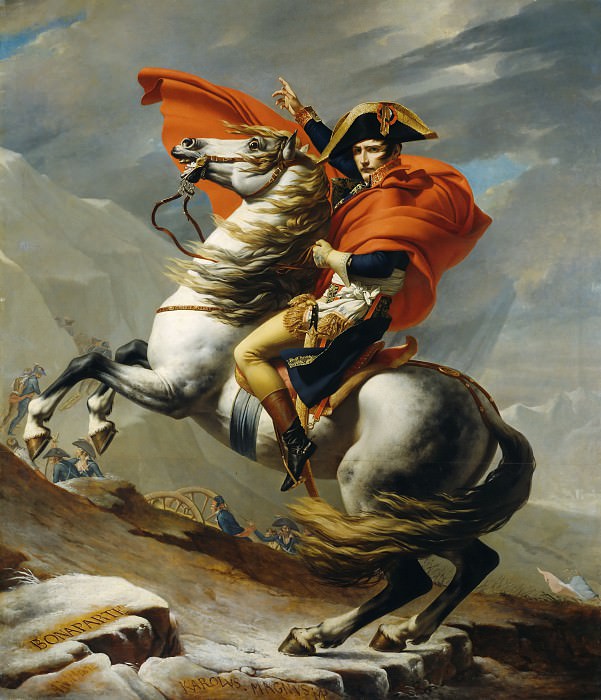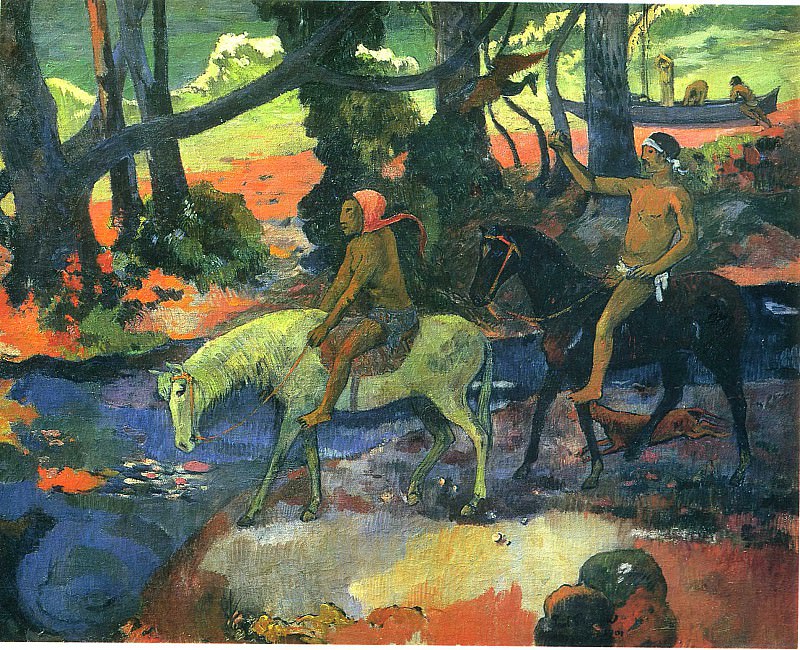Exploring the Legacy of Arman Art: A Journey Through the Assemblage and Accumulations
Arman, born Armand Pierre Fernandez in 1928 in Nice, France, was a pioneering artist who made an indelible mark on the art world with his unique approach to creation. His work is widely recognized for its innovative use of everyday objects, which he transformed into art through processes such as accumulation, destruction, and reassembly. Arman’s work challenges the traditional notions of art and materiality, questioning the boundaries between what is considered art and what is deemed mundane.
The Birth of a Visionary Artist
Arman’s early life was steeped in creativity, influenced heavily by his father, Antonio Fernandez, who was an antiques dealer and amateur painter. This environment nurtured his fascination with objects, which would later become a cornerstone of his artistic practice. Arman initially pursued studies in philosophy and mathematics before switching to art at the École Nationale des Arts Décoratifs in Nice. He later attended the École du Louvre in Paris, where he was deeply influenced by the works of classical masters as well as by contemporary movements.
His early works were rooted in abstract painting, but he soon grew disillusioned with the limitations of the medium. This disillusionment pushed him towards the exploration of objects as artistic materials, leading to the development of his signature style. In 1959, Arman made a pivotal shift in his career by co-founding the Nouveau Réalisme movement with other avant-garde artists like Yves Klein, Jean Tinguely, and Daniel Spoerri. This movement emphasized the reappropriation of reality, incorporating everyday objects into art to reflect the material culture of the time.
Accumulations and Destruction: Arman’s Artistic Signature
One of the most defining aspects of Arman’s work is his use of accumulation. He would gather numerous identical or similar objects and present them in a single artwork, creating a visual commentary on mass production and consumerism. These accumulations, often consisting of items like clocks, paint tubes, or musical instruments, were not merely collections but meticulously arranged compositions that transformed the objects into something entirely new. Through this process, Arman highlighted the excesses of modern society, critiquing the disposable nature of consumer goods.
In addition to accumulation, Arman was known for his “Colères” (Angers) series, where he would violently destroy objects and then reassemble the shattered pieces into a new form. This act of destruction was a form of creation for Arman, as it allowed him to explore the physicality of objects and their transformation through violence. The resulting works were powerful statements on destruction as an inherent part of creation, a concept that resonated with the post-war world’s preoccupation with rebuilding and renewal.
The Influence of Music on Arman’s Art
Music played a significant role in Arman’s life and work. His love for music, particularly jazz, was evident in many of his pieces that incorporated musical instruments. He often used violins, cellos, and pianos in his accumulations and destructions, creating works that were both visually striking and rich with cultural references. Arman’s musical pieces are a testament to his belief in the interconnectedness of different art forms and his desire to break down the barriers between them.
The “Accumulation Renault,” for example, is a monumental piece that features a vast number of identical, disassembled violins. The work not only showcases Arman’s skill in creating harmony out of chaos but also serves as a commentary on the industrialization of culture and the mass production of art. By using musical instruments, objects traditionally associated with high culture, Arman was able to bridge the gap between the elite and the everyday, making a profound statement on the accessibility and democratization of art.
Arman’s Impact on Contemporary Art
Arman’s influence on contemporary art cannot be overstated. His innovative use of everyday objects paved the way for future generations of artists to explore new materials and methods in their work. The concept of using found objects, or “readymades,” in art was popularized by Marcel Duchamp, but Arman took this idea to new heights by incorporating a wide variety of materials and techniques. His work is seen as a precursor to many contemporary art practices, including installation art, assemblage, and conceptual art.
Arman’s exploration of destruction as a creative force also had a lasting impact on the art world. His work challenged the notion that art must be preserved and revered in its original form, instead proposing that art could be dynamic and evolving, even through its own destruction. This idea has been echoed in the works of later artists who explore themes of decay, entropy, and the impermanence of art.
Arman’s Legacy and Continuing Relevance
Today, Arman’s works are held in major museums and collections around the world, including the Museum of Modern Art in New York, the Centre Pompidou in Paris, and the Tate Modern in London. His legacy continues to inspire artists who seek to push the boundaries of what art can be. Arman’s work remains relevant in today’s society, where the themes of consumerism, waste, and material culture are more pertinent than ever.
Arman’s approach to art was one of constant experimentation and reinvention. He refused to be confined by traditional definitions of art, instead embracing a wide range of materials and techniques to express his vision. This relentless pursuit of innovation is what makes Arman’s work so enduring and influential. His art invites viewers to reconsider the objects around them, to see beauty and meaning in the everyday, and to question the values of the society in which they live.
In conclusion, Arman’s contribution to the art world is immeasurable. His work transcends simple categorization, blending elements of painting, sculpture, and installation to create something entirely new. Through his accumulations and destructions, Arman challenged the status quo, offering a bold critique of modern society while also celebrating the potential for creativity and transformation inherent in all objects. His legacy continues to inspire and provoke, ensuring that his art will remain a vital part of the cultural conversation for years to come.
Arman, born Armand Pierre Fernandez in 1928 in Nice, France, was a pioneering artist who made an indelible mark on the art world with his unique approach to creation. His work is widely recognized for its innovative use of everyday objects, which he transformed into art through processes such as accumulation, destruction, and reassembly. Arman’s work challenges the traditional notions of art and materiality, questioning the boundaries between what is considered art and what is deemed mundane.
The Birth of a Visionary Artist
Arman’s early life was steeped in creativity, influenced heavily by his father, Antonio Fernandez, who was an antiques dealer and amateur painter. This environment nurtured his fascination with objects, which would later become a cornerstone of his artistic practice. Arman initially pursued studies in philosophy and mathematics before switching to art at the École Nationale des Arts Décoratifs in Nice. He later attended the École du Louvre in Paris, where he was deeply influenced by the works of classical masters as well as by contemporary movements.
His early works were rooted in abstract painting, but he soon grew disillusioned with the limitations of the medium. This disillusionment pushed him towards the exploration of objects as artistic materials, leading to the development of his signature style. In 1959, Arman made a pivotal shift in his career by co-founding the Nouveau Réalisme movement with other avant-garde artists like Yves Klein, Jean Tinguely, and Daniel Spoerri. This movement emphasized the reappropriation of reality, incorporating everyday objects into art to reflect the material culture of the time.
Accumulations and Destruction: Arman’s Artistic Signature
One of the most defining aspects of Arman’s work is his use of accumulation. He would gather numerous identical or similar objects and present them in a single artwork, creating a visual commentary on mass production and consumerism. These accumulations, often consisting of items like clocks, paint tubes, or musical instruments, were not merely collections but meticulously arranged compositions that transformed the objects into something entirely new. Through this process, Arman highlighted the excesses of modern society, critiquing the disposable nature of consumer goods.
In addition to accumulation, Arman was known for his “Colères” (Angers) series, where he would violently destroy objects and then reassemble the shattered pieces into a new form. This act of destruction was a form of creation for Arman, as it allowed him to explore the physicality of objects and their transformation through violence. The resulting works were powerful statements on destruction as an inherent part of creation, a concept that resonated with the post-war world’s preoccupation with rebuilding and renewal.
The Influence of Music on Arman’s Art
Music played a significant role in Arman’s life and work. His love for music, particularly jazz, was evident in many of his pieces that incorporated musical instruments. He often used violins, cellos, and pianos in his accumulations and destructions, creating works that were both visually striking and rich with cultural references. Arman’s musical pieces are a testament to his belief in the interconnectedness of different art forms and his desire to break down the barriers between them.
The “Accumulation Renault,” for example, is a monumental piece that features a vast number of identical, disassembled violins. The work not only showcases Arman’s skill in creating harmony out of chaos but also serves as a commentary on the industrialization of culture and the mass production of art. By using musical instruments, objects traditionally associated with high culture, Arman was able to bridge the gap between the elite and the everyday, making a profound statement on the accessibility and democratization of art.
Arman’s Impact on Contemporary Art
Arman’s influence on contemporary art cannot be overstated. His innovative use of everyday objects paved the way for future generations of artists to explore new materials and methods in their work. The concept of using found objects, or “readymades,” in art was popularized by Marcel Duchamp, but Arman took this idea to new heights by incorporating a wide variety of materials and techniques. His work is seen as a precursor to many contemporary art practices, including installation art, assemblage, and conceptual art.
Arman’s exploration of destruction as a creative force also had a lasting impact on the art world. His work challenged the notion that art must be preserved and revered in its original form, instead proposing that art could be dynamic and evolving, even through its own destruction. This idea has been echoed in the works of later artists who explore themes of decay, entropy, and the impermanence of art.
Arman’s Legacy and Continuing Relevance
Today, Arman’s works are held in major museums and collections around the world, including the Museum of Modern Art in New York, the Centre Pompidou in Paris, and the Tate Modern in London. His legacy continues to inspire artists who seek to push the boundaries of what art can be. Arman’s work remains relevant in today’s society, where the themes of consumerism, waste, and material culture are more pertinent than ever.
Arman’s approach to art was one of constant experimentation and reinvention. He refused to be confined by traditional definitions of art, instead embracing a wide range of materials and techniques to express his vision. This relentless pursuit of innovation is what makes Arman’s work so enduring and influential. His art invites viewers to reconsider the objects around them, to see beauty and meaning in the everyday, and to question the values of the society in which they live.
In conclusion, Arman’s contribution to the art world is immeasurable. His work transcends simple categorization, blending elements of painting, sculpture, and installation to create something entirely new. Through his accumulations and destructions, Arman challenged the status quo, offering a bold critique of modern society while also celebrating the potential for creativity and transformation inherent in all objects. His legacy continues to inspire and provoke, ensuring that his art will remain a vital part of the cultural conversation for years to come.
















